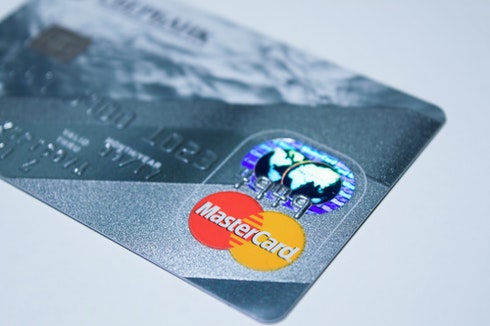Whether you’re a business owner or an employee, your credit score is a critical part of your financial life. When you have good credit, you’ll be rewarded with low-interest loans and unsecured credit cards, but you need to work hard to keep your credit in good standing.

What is Your Credit Score Currently?
The more information you have, the easier it will be to make decisions about your financial future. However, it’s difficult to obtain your credit score without getting a report from your credit company. To make matters worse, you’ll likely have to do a hard check, affecting your credit.
SoFi’s budget tracking planner and other apps like SoFi are able to monitor your credit score weekly at no extra cost. This helps you see what transactions are affecting your credit, so you can build better habits in the future. Plus, you can set goals for your money and your life.
How to Improve Your Credit Score Quickly
The time it takes you to improve your credit score is dependent on your current score. However, it’s possible to recover your credit in 15 months, even after bankruptcy, by following these tips.
1. Reduce Your Credit Utilization Ratio
Your credit utilization ratio determines how much credit you’ve used versus the amount you have left. For example, if you’ve charged $1,000 to your credit cards, but your total limit is $2,000, your utilization is 50%. Try to keep it under 30% to improve your credit score.
2. Be an Authorized User on a Credit Card
If you have zero credit or don’t have the funds to spend on a secured credit card, try being an authorized user on one of your friend’s or family members’ credit cards. If they have great credit, you could positively affect your credit score and improve your credit utilization ratio immediately.
3. “Buy” One Secured Credit Card
A secured credit card is typically secured with money. If you have bad credit, you won’t be able to take out a non-secured card, but you can put $200 towards a Capital One card, for example. You can use this card to purchase goods and pay off your bill, thus increasing your credit.
4. Take Out Credit Cards Periodically
A good bankruptcy tip is to apply for a secured credit card 6 months after your first, then a year after the second, for a total of three cards. Banks are suspicious if you take out credit too close together, but if you space out your inquiries, you can increase your credit utilization ratio safely.
5. Fix a Few Credit Report Errors
Although credit companies are getting better at reporting, they aren’t perfect. Sometimes, they’ll mistakenly use the wrong number or account to populate your score, which could damage your credit. Plus, it takes minutes of your time to get a hard credit report and dispute discrepancies.
6. Pay Off High-Interest Debt First
One common strategy to lower your debt-to-income and credit utilization ratio is to pay off cards with the highest balance first. Or, you could pay off the highest-interest cards or accounts first, whichever is more expensive in the long term. Focus on paying down your debt quickly.
7. Make Regular On-Time Payments
Missing payment due dates is a really bad idea. Your payment history accounts for 35% of your FICO score, which is the highest percentage of any of the four remaining factors. Even if you can only make minimum payments, that’s enough to avoid late fees and stay in good standing.
8. Sign Up for a Credit Boost Service
Credit cards aren’t the only way to improve your credit score. You can sign up for credit boost services like Experian Boost, so you can report your cell phone and utility payments to your credit bureau. Simply link up your credit boost service provider with your bank account.


